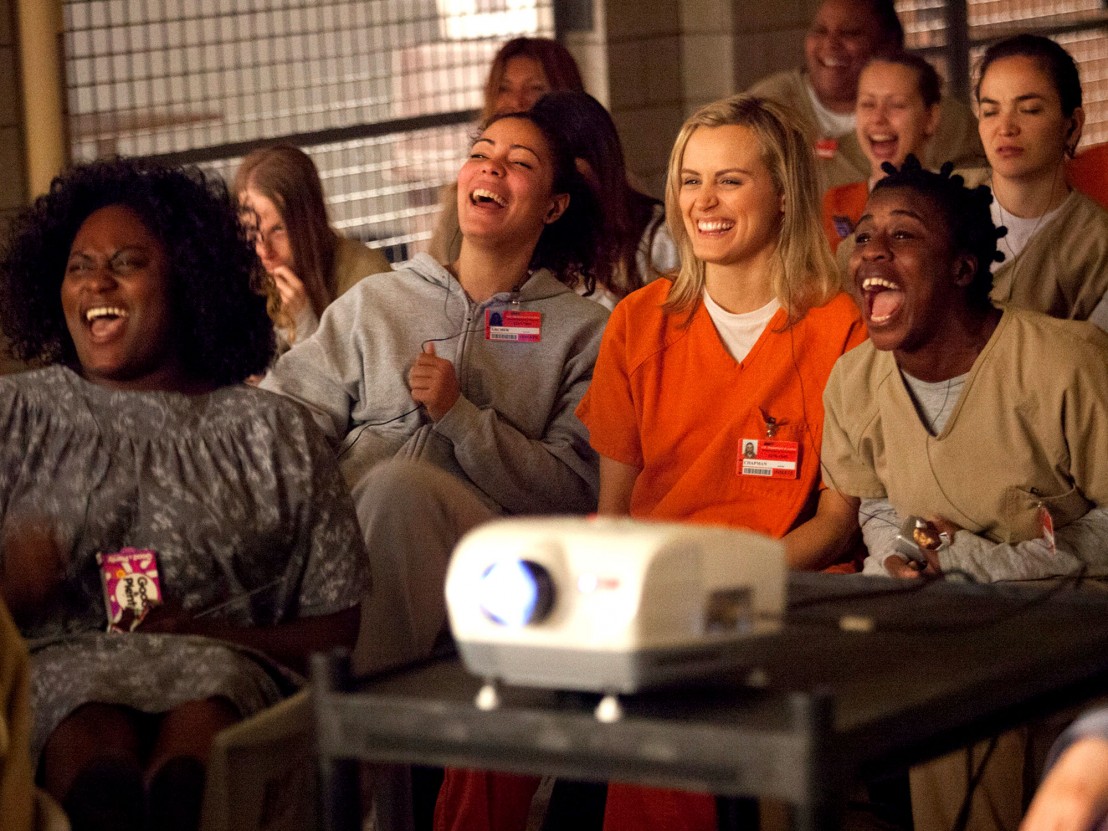
Barely a week goes by without some minor-to-moderate kerfuffle surrounding Netflix and its plans for rapid expansion. The latest concerns their proprietary video interface, a seemingly insignificant yet possibly major tweak to its functionality, and the ever-present threat of streaming to the sanctity of the cinema.
Netflix announced last week that they would gradually integrate a new feature that allows the viewer to control playback speed on the movie or series they’re watching, either slowing the action to half-time and three-quarters-time or quickening it up to time-and-a-quarter and time-and-a-half. Seems like a fairly standard addition to the Netflix UX (that’s tech-talk for user experience), until one starts to wonder why it’s been introduced and what it might be used for.
A handful of filmmakers and other creative types have spoken out in ardent opposition to any tinkering with playback speed, as a roundup from The Hollywood Reporter notes today. Judd Apatow, Brad Bird, and Aaron Paul (Netflix’s golden boy du jour, as the star of the newly release Breaking Bad movie El Camino) all took to Twitter to sound off against what they see as a perversion of a work’s rightful shape.
No @Netflix no. Don’t make me have to call every director and show creator on Earth to fight you on this. Save me the time. I will win but it will take a ton of time. Don’t fuck with our timing. We give you nice things. Leave them as they were intended to be seen. https://t.co/xkprLM44oC
— Judd Apatow 🇺🇦 (@JuddApatow) October 28, 2019
https://twitter.com/aaronpaul_8/status/1188925851514966016?ref_src=twsrc%5Etfw%7Ctwcamp%5Etweetembed%7Ctwterm%5E1188928476201439232&ref_url=https%3A%2F%2Fdeadline.com%2F2019%2F10%2Fnetflix-variable-playback-speeds-raises-filmmaker-ire-1202771261%2F
Whelp— another spectacularly bad idea, and another cut to the already bleeding-out cinema experience. Why support & finance filmmakers visions on one hand and then work to destroy the presentation of those films on the other??? https://t.co/T7QdYAQGHU
— Brad Bird (@BradBirdA113) October 28, 2019
The arguments both for and against the new development have been clear-cut enough. The anti- faction rightly posits that slimming down a movie’s run time destroys all sense of pacing and robs the work of its dramatic impact, the underlying sentiment being that sped-up viewing casts art as a delivery system for information best gotten through as quickly as possible.
The pro faction’s rejoinder, articulated earlier today by New Yorker film critic Richard Brody, focuses on the potential of this new tool. He sees the ability to tinker with time as a possible boon to those curious about cinema, and an important reminder that film should not be treated as an immutable thing. Remixing, cutting-and-pasting, temporal warps – these distortions keep the art form vital by posing challenges to its own integrity.
He’s essentially articulating the philosophy of the Situationist International movement, a school of the avant-garde that rearranged and redubbed existing films to convert them into subversions of their own mainstream ideology. A much larger faction of the pro- crowd, however, has not taken such a high-minded defense.
Some have fallaciously asserted that the feature’s no big deal because fast-forwarding existed on VHS tapes decades ago. (This notion ignores the fundamental difference between the two features; fast-forwarding was invented to quickly get from one part of a tape to another, not to watch what happens in between them more quickly.) Others have noted that third-party video player programs like VLC and YouTube have offered this function for years. (This notion ignores the fundamental difference between an empty vessel like VLC and a self-styled studio like Netflix, which must license video from bona fide sources with contracts over which the artists have some say.)
Both of these points suggest, to this writer, a more discouraging rationale that’s gone unspoken. Confusing and frustrating as it may be, it would appear some viewers simply wish to consume a greater volume of content in a smaller amount of time. This is undoubtedly what Netflix wants; both for condensed time to pump up total view numbers, but more insidiously, for viewers to start thinking about moving pictures – you know, art – as material to be digested in the most expedient fashion possible.
Reorienting the way the average viewer processes film and TV, both so aggressively rebranded as content in our post-meaning media era, ends at the logical conclusion of art’s utility being completely redefined. Will it be something intended for appreciation, analysis, and reflection? Or will it be a pure mode of occupying spare time, shrinking attention spans in order to pump up a corporation’s profit margin? Will this be revealed as a false dichotomy, with the outcome falling somewhere between the two? I can’t claim to know, but I’m certainly unsettled by the widespread lack of concern over the medium’s cloudy future.
Published 29 Oct 2019

The festival has caused a stir by banning the digital distributor from its official competition.

How physical and digital media should learn to stop worrying and live happily side by side.

The streaming giant has undergone a number of interesting shakeups in recent weeks.